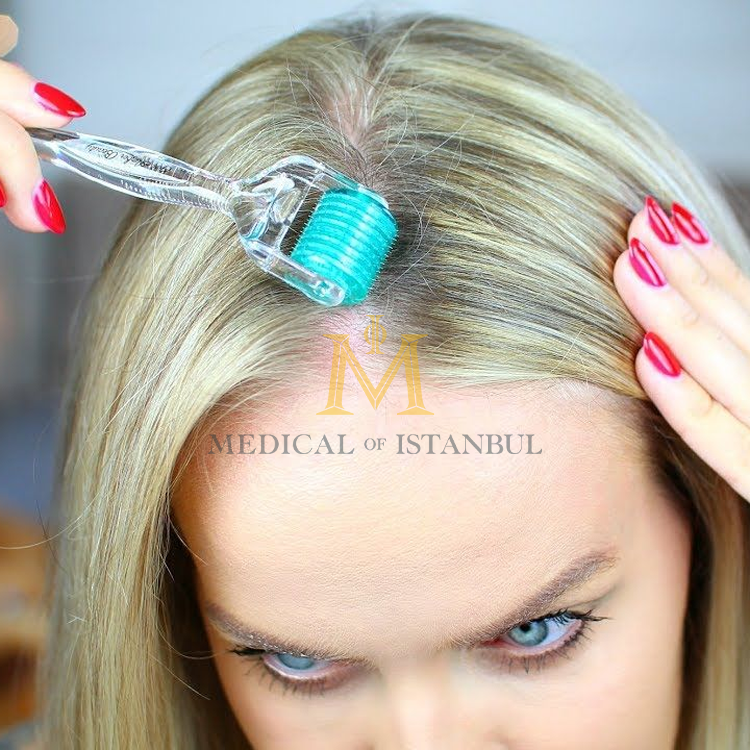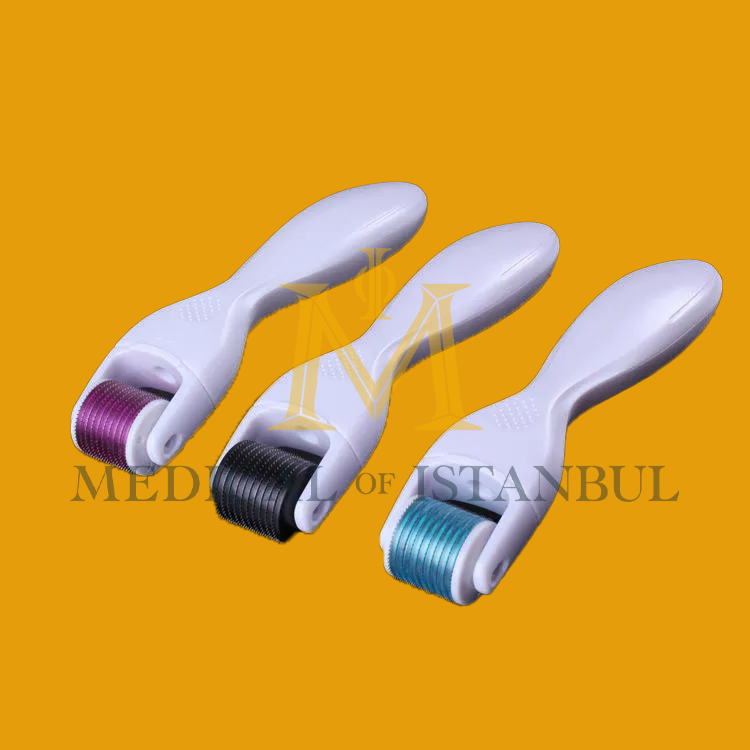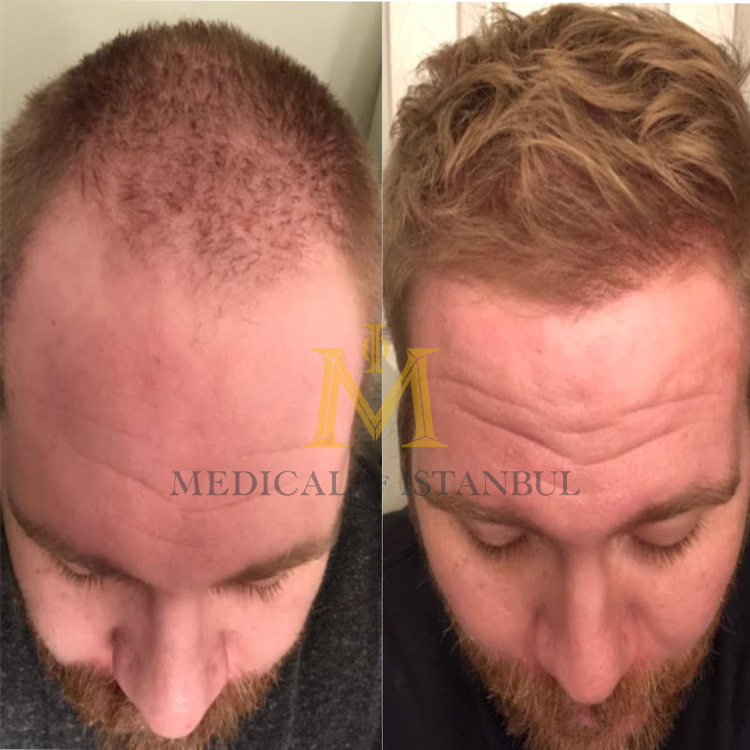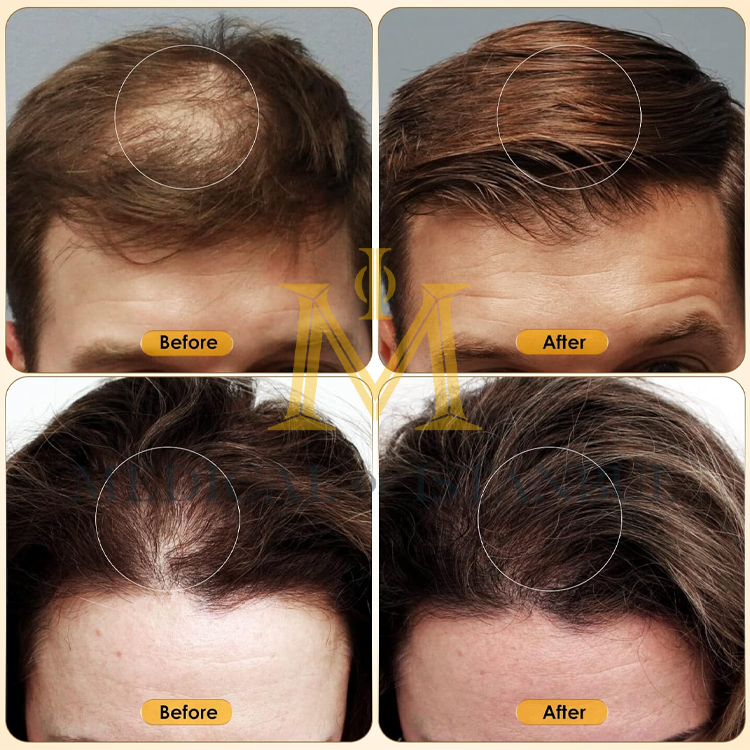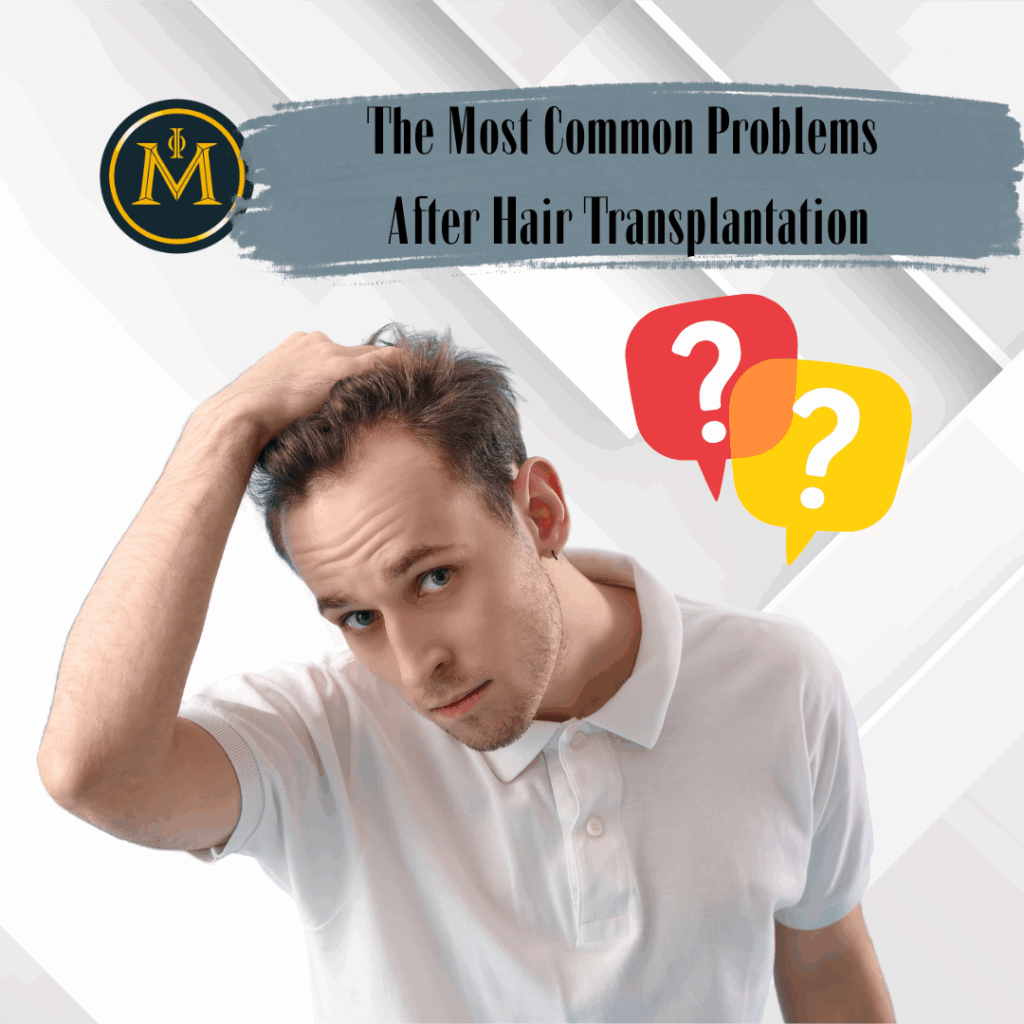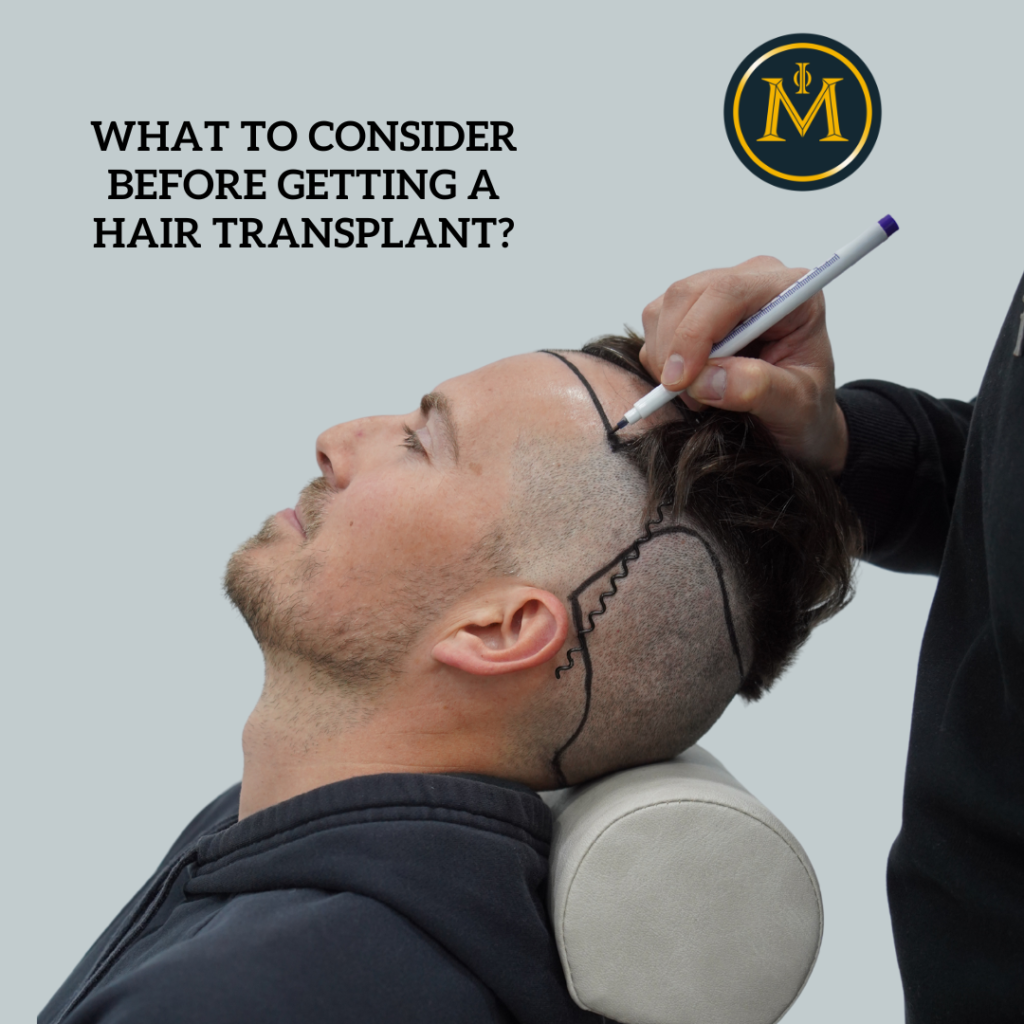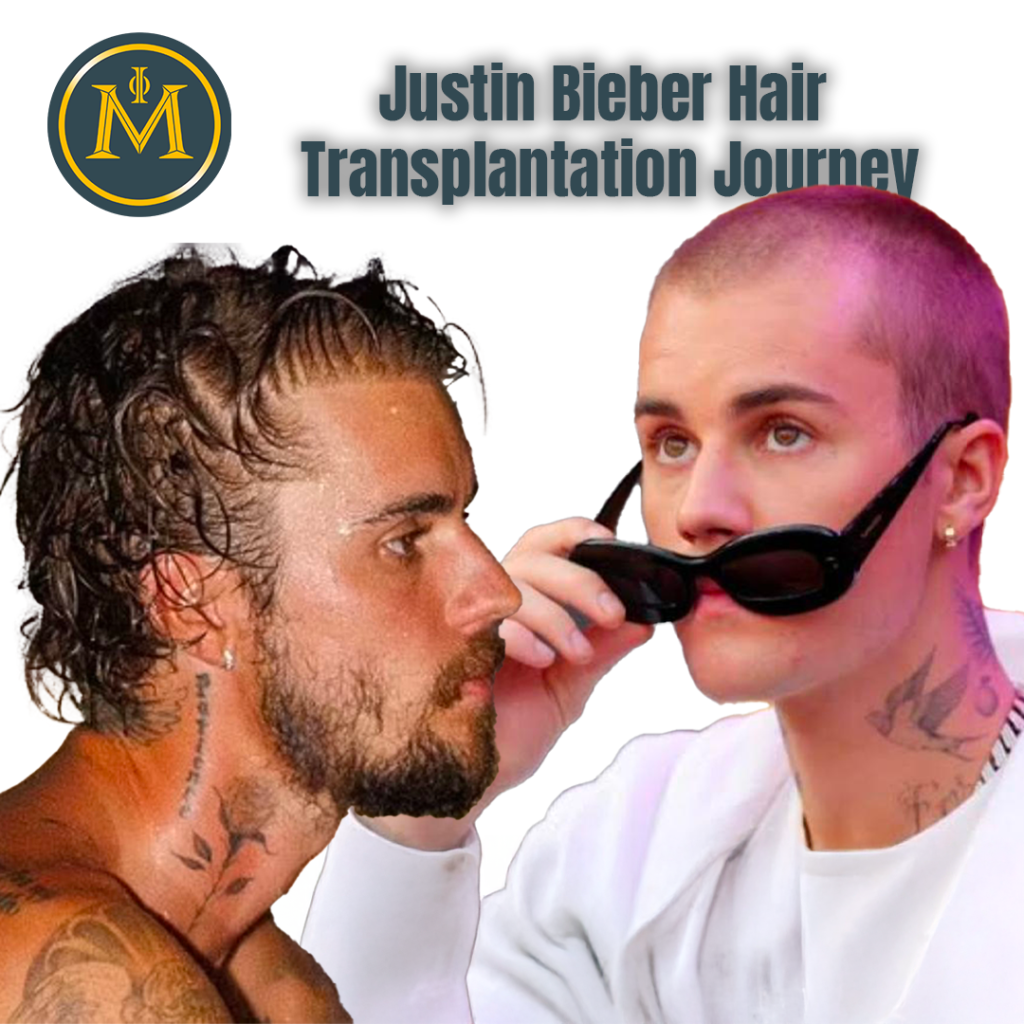Medical of Istanbul
Microneedling (Dermarolling) for Hair Loss: Is It Effective?
Microneedling, also known as dermarolling, is a procedure where fine needles create controlled micro-injuries on the skin’s surface. While traditionally used for skin rejuvenation, it has gained attention for treating hair loss by stimulating the body’s wound healing response. This process is believed to activate dormant hair follicles, promote hair growth factors, and enhance the absorption of topical treatments like minoxidil or PRP into the scalp. Sessions typically involve using a dermaroller or dermapen device, creating superficial punctures that encourage blood circulation and nutrient delivery to hair follicles. Despite promising anecdotal evidence and small-scale studies supporting its efficacy, larger clinical trials are needed to confirm its effectiveness and safety for widespread use in hair loss treatment. Consulting a dermatologist or qualified professional is crucial to determine suitability and expected outcomes based on individual needs and conditions.
